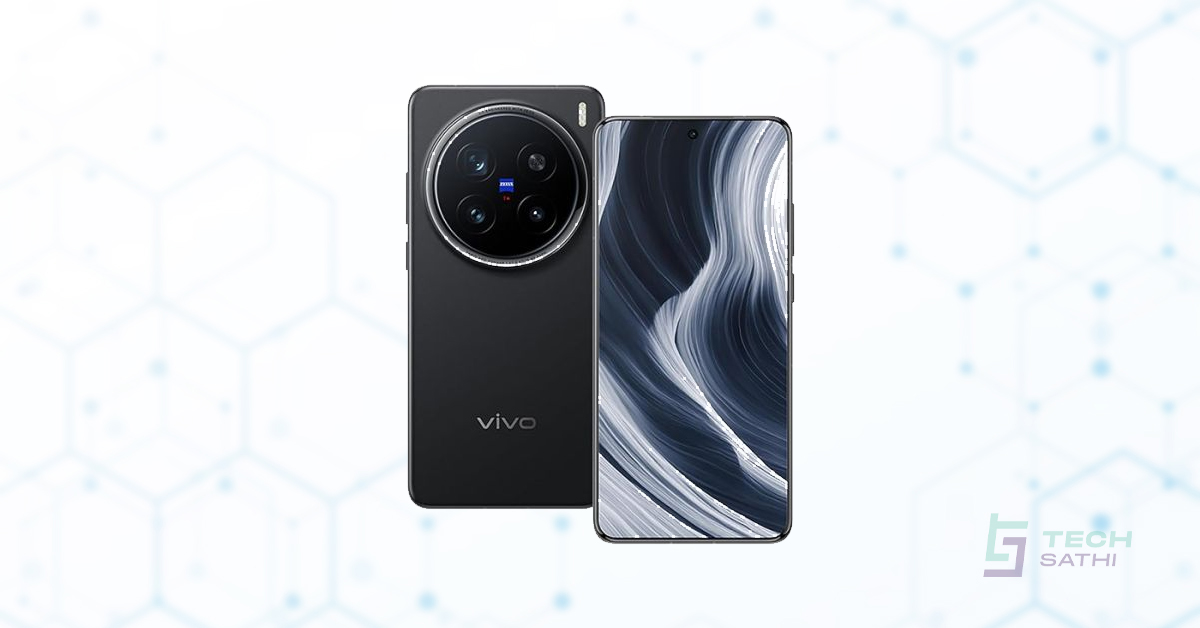Graphics cards play a crucial role in gaming and computing. However, some GPUs have gained notoriety for their poor performance, high prices, or disappointing features. This article explores 8 worst GPUs to exist , highlighting their shortcomings and the reasons they failed to impress.
AMD Radeon RX 6500 XT: A Major Disappointment

The AMD Radeon RX 6500 XT was launched during a tumultuous time for the GPU market. Gamers were eagerly awaiting affordable options amid a silicon shortage. Unfortunately, this card fell short of expectations. It featured only 4GB of VRAM, a 64-bit memory bus, and just 4 PCIe lanes. These specifications were inadequate for a desktop GPU in 2022. As a result, it often performed worse than older models like the GTX 1650 Super and GTX 980. Many consumers felt misled when they purchased this card, believing it would offer better value in a challenging market.
Nvidia GeForce RTX 4060 Ti: A Broken Dream for Budget Gamers

The Nvidia GeForce RTX 4060 Ti is another recent GPU that disappointed many users. Despite being marketed as an upgrade, it often performed similarly to its predecessor, the RTX 3060 Ti. In some benchmarks, the older model even outperformed the new release. Nvidia’s attempt to promote its DLSS 3.0 technology did little to enhance its appeal. The card’s 8GB memory buffer was insufficient for 1440p and 4K gaming, making it a poor investment at its $400 price tag.
AMD Radeon R9 Fury X: High Price, Low Performance

Launched in 2015, the AMD Radeon R9 Fury X aimed to compete in the high-end market but failed to deliver. Its performance did not match expectations, especially against Nvidia’s offerings like the GTX 980 Ti. The card’s 4GB High Bandwidth Memory (HBM) was innovative but quickly became inadequate as games demanded more resources. Additionally, its closed-loop liquid cooling solution was criticized for noise and limited customization options. Ultimately, consumers found better alternatives at lower prices, leading to the Fury X’s lackluster reception.
Nvidia GeForce GT 1030 DDR4: A Confusing Switch

The Nvidia GeForce GT 1030 DDR4 is infamous for switching from GDDR5 to slower DDR4 memory without proper communication to consumers. This change drastically reduced its memory bandwidth from 48 GB/s to just 16 GB/s. As a result, many gamers experienced significant performance drops in various titles. The lack of transparency surrounding this switch led to widespread disappointment among users who felt deceived by Nvidia’s marketing tactics.
Nvidia GeForce FX 5800: The Loudest GPU Ever

The Nvidia GeForce FX 5800 is remembered not only for its poor performance but also for its excessive noise levels. The aggressive cooling solution required to manage its overheating issues made it one of the loudest graphics cards ever released. Users complained about the disruptive sound during gaming sessions, which detracted from their overall experience. Nvidia even acknowledged this issue in a humorous video comparing the card’s noise to everyday objects like hair dryers and leaf blowers.
AMD Radeon VII: A Forgotten Flagship

The AMD Radeon VII launched amidst fierce competition from Nvidia’s RTX series but quickly became forgettable. Although it offered decent performance, it consumed significantly more power than its competitors without supporting ray tracing or upscaling technologies. Priced at $700, it was overshadowed by the RX 5700 XT, which provided similar performance at half the cost. AMD’s decision to use expensive HBM2 memory likely resulted in losses on this product, leading to its eventual deletion from AMD’s website.
Nvidia Titan Z: An Overpriced Failure

The Nvidia Titan Z, released in 2014, aimed for high-end markets but faced immediate challenges due to its staggering price of $3,000. This exorbitant cost limited its appeal among gamers and professionals alike. Competing cards like the Titan Black and GTX 780 Ti offered similar performance at much lower prices, making the Titan Z an unwise investment for most consumers.
You might also like : Mi Air Purifier 3 Review: The Affordable All Rounder Air Purifier
Conclusion
These GPUs exemplify how poor design choices and lack of transparency can lead to disappointing products in the tech industry. From inadequate specifications to outrageous pricing, these graphics cards serve as cautionary tales for consumers and manufacturers alike. Understanding these failures can help buyers make informed decisions when selecting their next graphics card.



